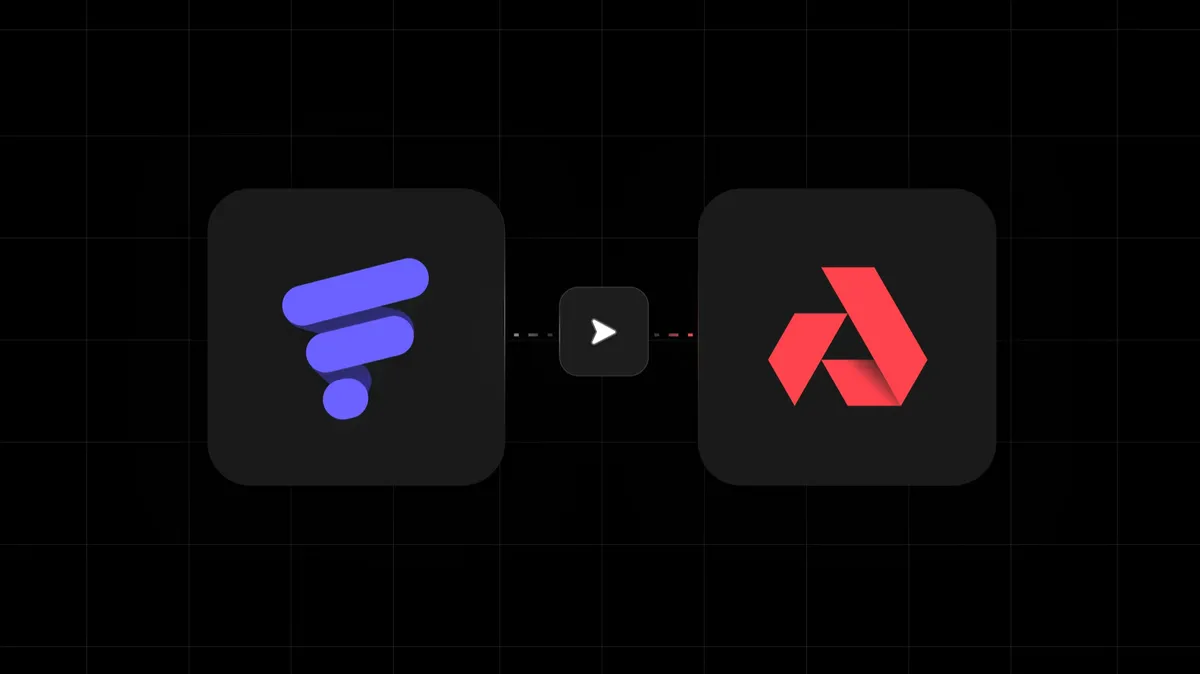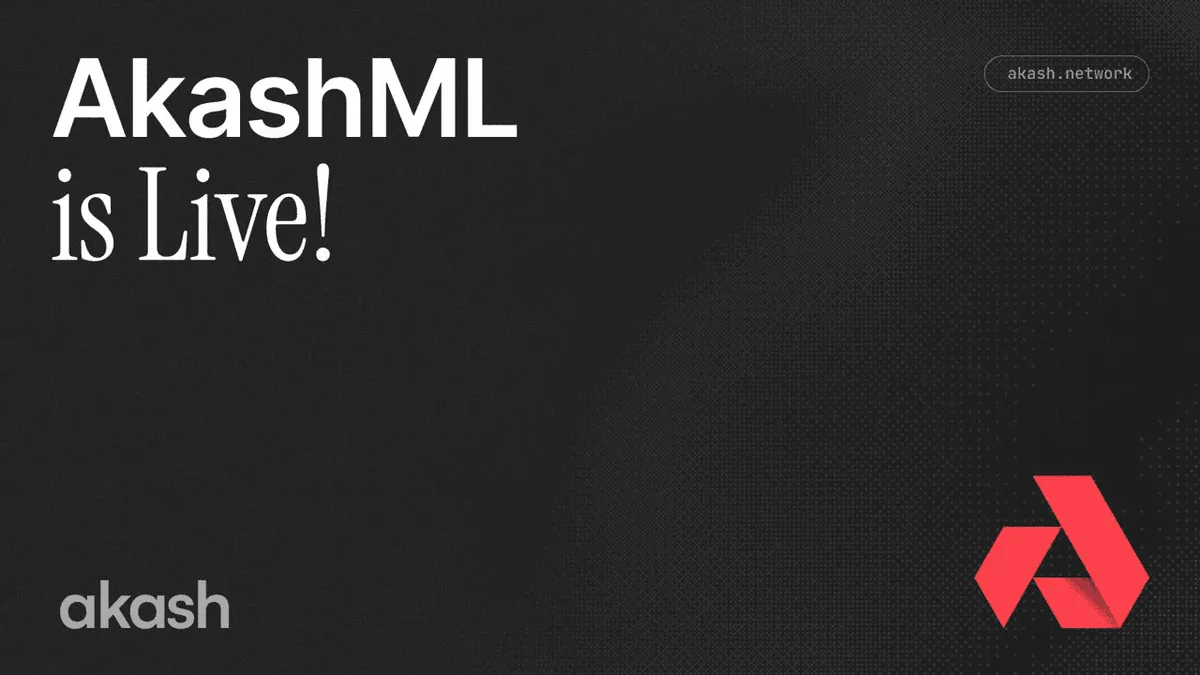
Today’s market for cloud computing is heavily consolidated, with the top 4 cloud service providers, Amazon Web Services, Microsoft Azure, Google Cloud, and Alibaba Cloud dominating 70% of the entire market as of the end of 2019 .
In this oligopolistic market structure, there is decreasing competition and over time, less choice and flexibility for organizations needing cloud computing1. Early on, these organizations get locked into the technology frameworks and contracts of the CSPs as they scale and as their cloud infrastructure and computing needs grow.
With over 80% of enterprise workloads projected to be in the cloud in 2020, there is increased risk of market power abuse and distortions, with broad ripple effects across a range of industries2.
Massive supply-side inefficiencies
On the cloud capacity supply side, a massive inefficiency is noteworthy: on average, data centers worldwide are running at only 70% utilization of their total capacity. Companies that have data centers, in particular ones that are not participating in the cloud market as suppliers, on average overspend 30% on their total cost of ownership of the required cloud capacity3. This allocation inefficiency provides a huge opportunity to increase utilization, amortize cost, and reduce cloud compute pricing.
Artificial Intelligence and Machine Learning accelerates cloud compute demand
Artificial Intelligence (AI) and Machine Learning (ML) are driving the accelerating growth for computing capacity. The economic impact of AI and ML companies across all industries cannot be overstated. They are projected to create an additional 15% of global GDP by 2030. Growth of the AI and ML market is massive, with annual revenues expected to surpass \(200 billion in the next 5 years, from\)20 billion just a couple of years ago. The US alone now has over 2,100 AI companies, China 1,000+, with the UK, Canada, and India following at 400, 300, and 150 respectively4.
The infrastructure requirements driven by this growth are significant: the amount of data processed through artificial intelligence algorithms will reach 1.4 zettabytes (1 zettabyte is 1 trillion gigabytes) by 2025.
Key benefits of cloud computing for AI and ML companies
The cloud brings a number of benefits to AI and ML companies, especially for earlier stage startups:
-
Startup cost and scale: The standard pay per use model eliminates costly startup investments and allows for accommodating spikes in workloads based on data volume. While the lowered startup cost is beneficial to just about any early stage company, the ability to accommodate peak workloads flexibly is particularly valuable to ML companies, for example, when training data models.
-
Easy access: The cloud allows easy access for companies of all sizes to experiment with ML, and accommodate scaling of capacity when projects go into production, and demand for the new service increases.
-
Ease of use: Through the cloud, companies can get access to advanced ML options and tools without requiring large-scale advanced AI and data science expertise. This enables companies to experiment with AI tools with small teams to validate the benefits before committing to a substantial ramp up of an AI/ML organization.
The main benefits from cloud computing for companies evolve with a company’s experience in AI/ML, the volume and size of AI/ML projects, and the internal technical expertise a company assembles to solve AI/ML problems.
Why blockchain will transform cloud computing
The benefits of cloud computing to companies throughout their lifecycle can be enhanced significantly through blockchain technology. In fact, the main virtues of blockchain make it possible to address unfavorable market dynamics, reduce supply-side inefficiencies, and enhance the usability, scalability, and total cost for companies.
Market efficiency: Through blockchain technology, the marketplace for cloud compute capacity opens up for companies and individuals that have surplus data capacity. Blockchain allows them to become suppliers of cloud capacity, and companies/users in need of cloud capacity can flexibly purchase the surplus capacity at a fraction of the prices offered by the major cloud service providers. The outcome is highly efficient utilization of data center capacity, as well as a significantly lower market price for every gigabyte of cloud computing capacity.
Security and transparency: Blockchain’s underlying protocol and consensus mechanism ensures a maximum level of security for every transaction and underlying data, as well as establishing transparency and accountability for every participant. Through a distributed ledger, a permanent audit trail is created that protects the anonymity of every participant, while maintaining a record of every transaction.
Decentralization benefits: The decentralized secured nature of blockchain enhances the overall security of cloud computing. Activating unused data center capacity around the world enables cloud capacity to be leveraged closest to the user and their technologies and devices, reducing latency and faster disaster recovery.
What’s next
Cloud computing has hit a new peak in 2020 due in large part to the accelerating growth of AI and ML technologies that require massive computing capacity. Blockchain provides a powerful solution to addressing current inefficiencies that impact pricing, innovation, and cost structure for users and suppliers. At Akash Network, we’ve leveraged blockchain to build the world’s first decentralized peer-to-peer cloud marketplace for serverless computing, enabling any data center and anyone with a computer to easily sell their unused compute.
With the advent of blockchain-powered cloud offerings, there will be more secure, more flexible, and significantly lower cost alternatives to the top 4 CSPs. More efficiently utilized data centers will achieve better utilization and amortization of their capital expenditures, and in-home innovations like the Helium Hot Spot and the Akash Supermini server will enable individual users to participate in the marketplace.
-
Forrester Research 2019, “Predictions 2020: Cloud Computing”
-
LogicMonitor’s Cloud Vision 2020: The Future of the Cloud Study
-
Data Center Dynamics Whitepaper, “Avoiding costs from oversizing data center and network room infrastructure”
-
McKinsey Global Institute, “Notes from the AI Frontier: Modeling the Impact of AI on the World Economy”


